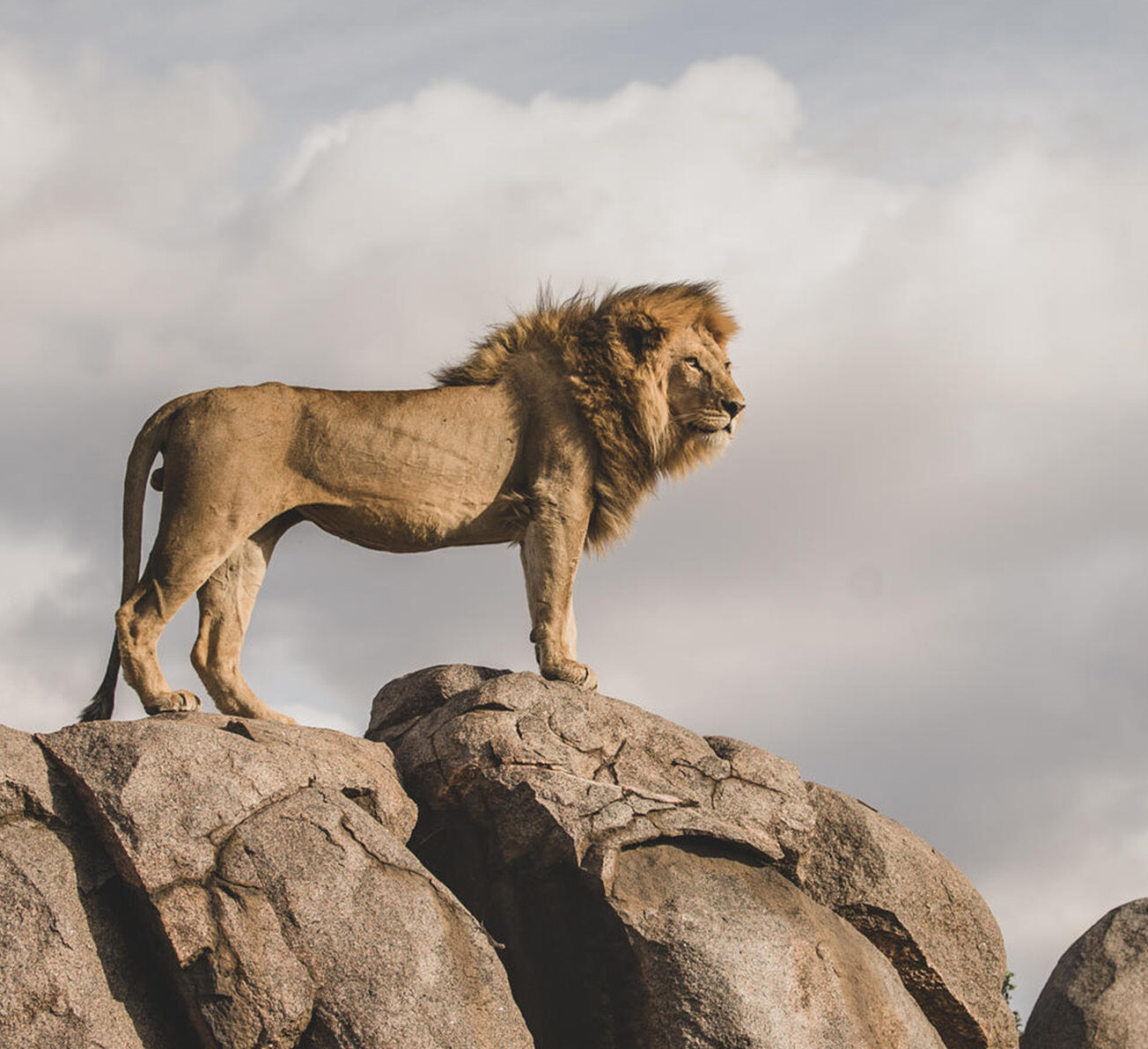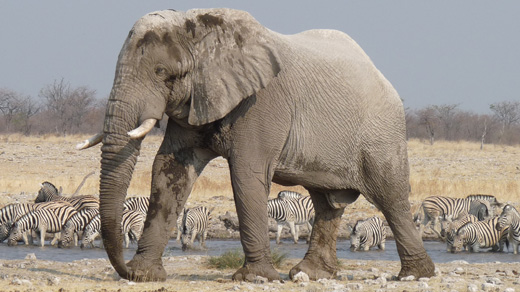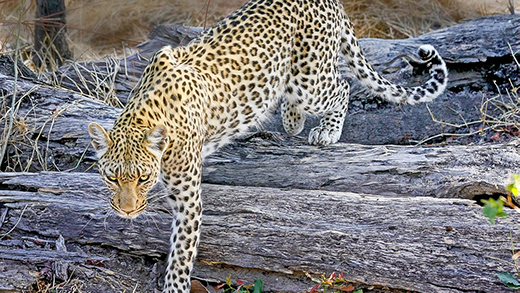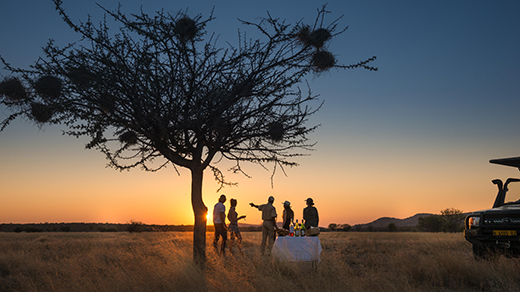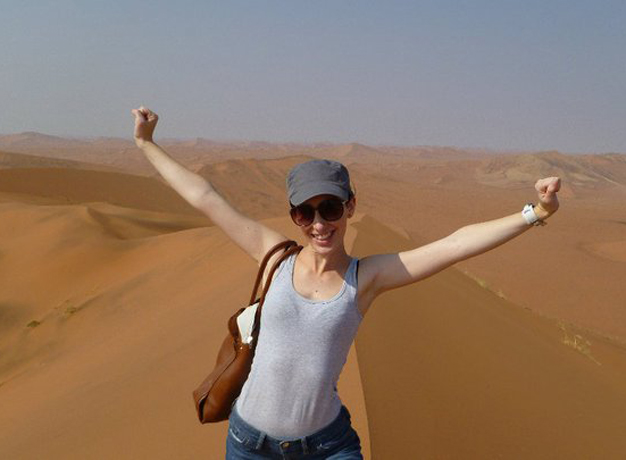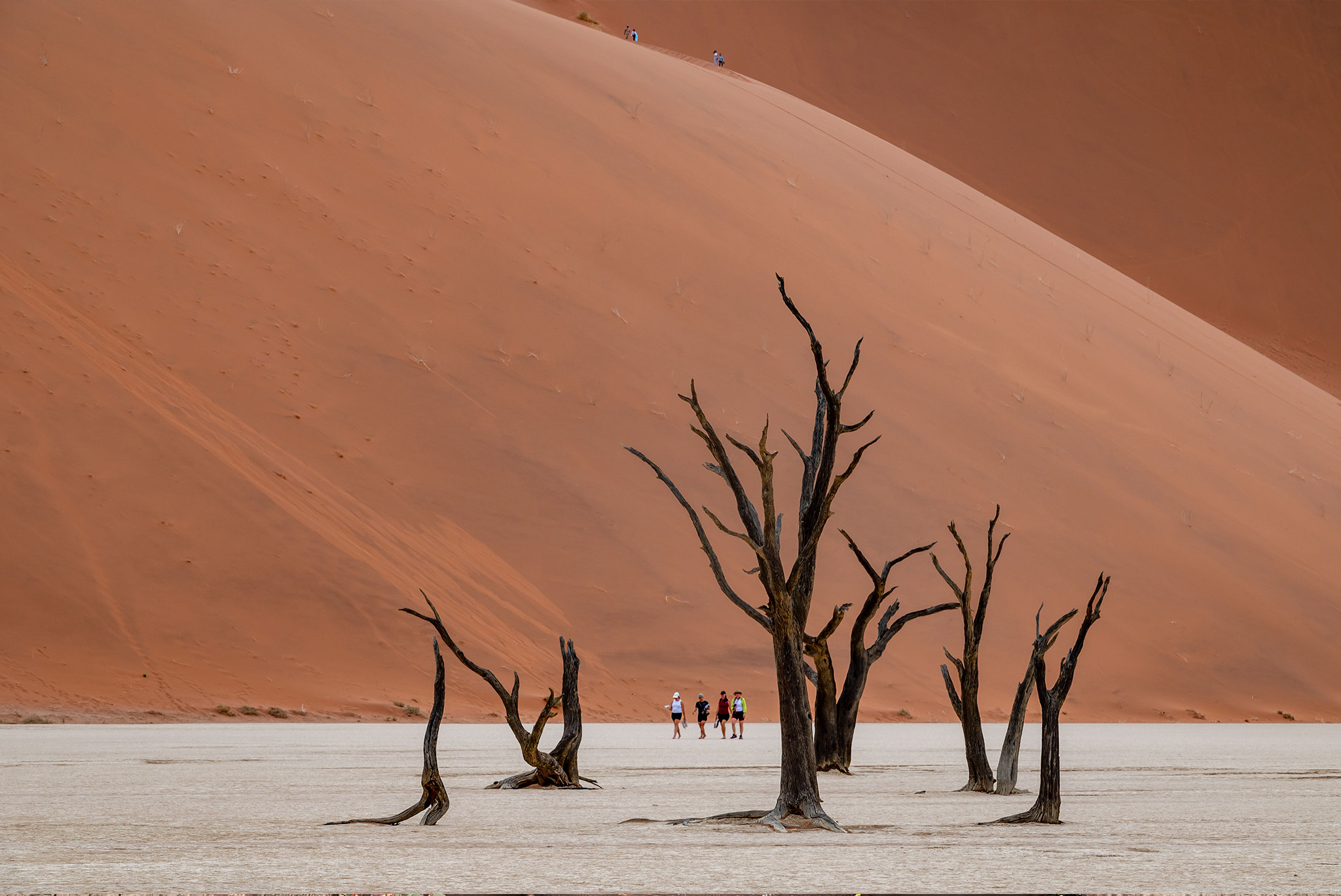
Namibia
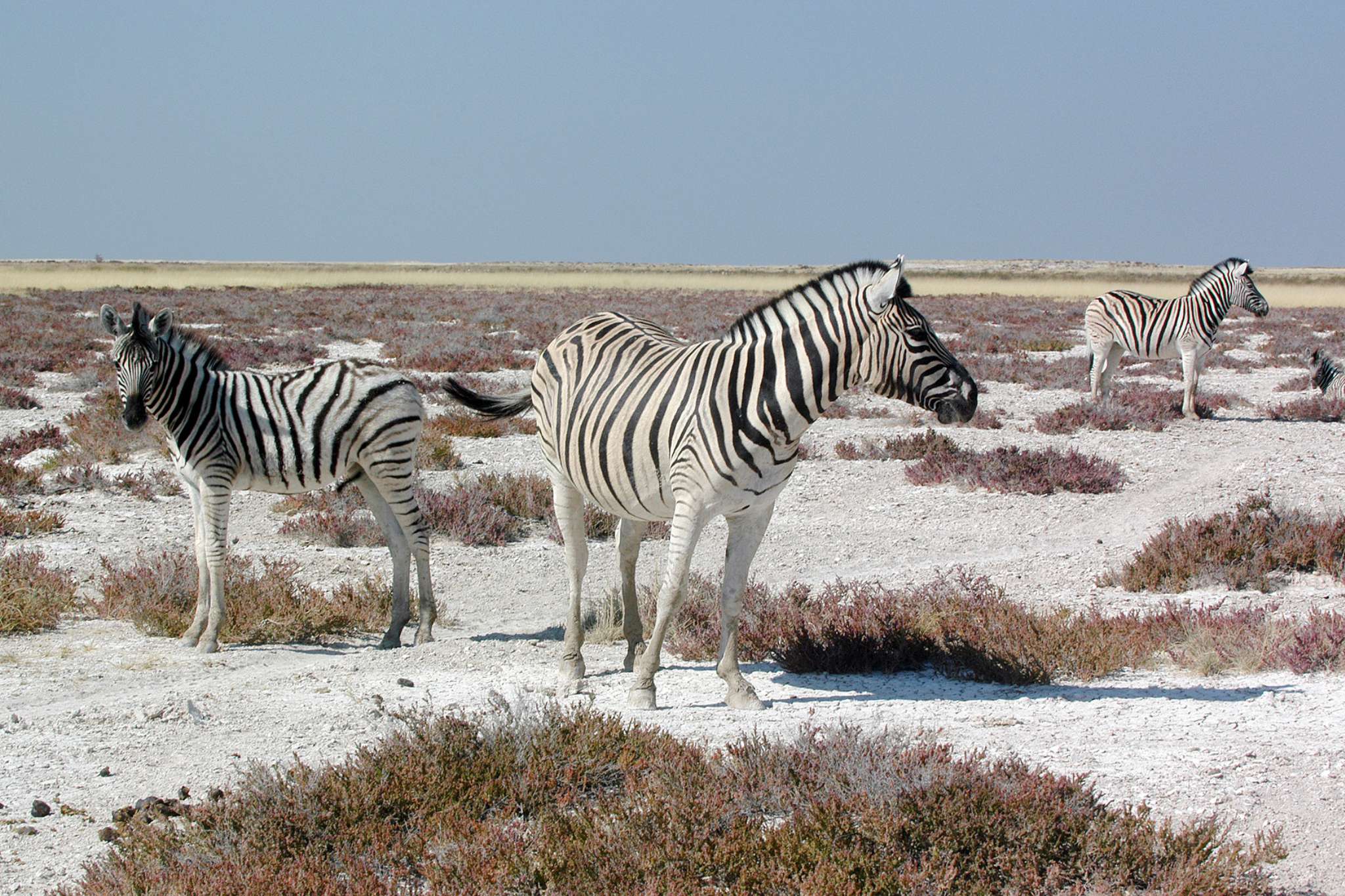
Namibia Safari Tours and Holidays
Namibia safari tours and holidays with Bench Africa offer a chance to experience the country’s unique blend of wilderness and culture at a pace that suits you. Beyond the dramatic landscapes, Namibia’s rich heritage is woven through small towns and traditional communities where stories and customs have been carefully preserved. Travelling here means encountering wildlife in environments that range from arid desert to open plains, with opportunities to see species adapted to some of the harshest conditions on the continent. Whether exploring remote corners by 4×4, enjoying guided walks, or simply absorbing the vastness around you, Namibia invites travellers to connect deeply with the land and its people. Each safari is designed to balance adventure with comfort, creating a journey that is both inspiring and rewarding.
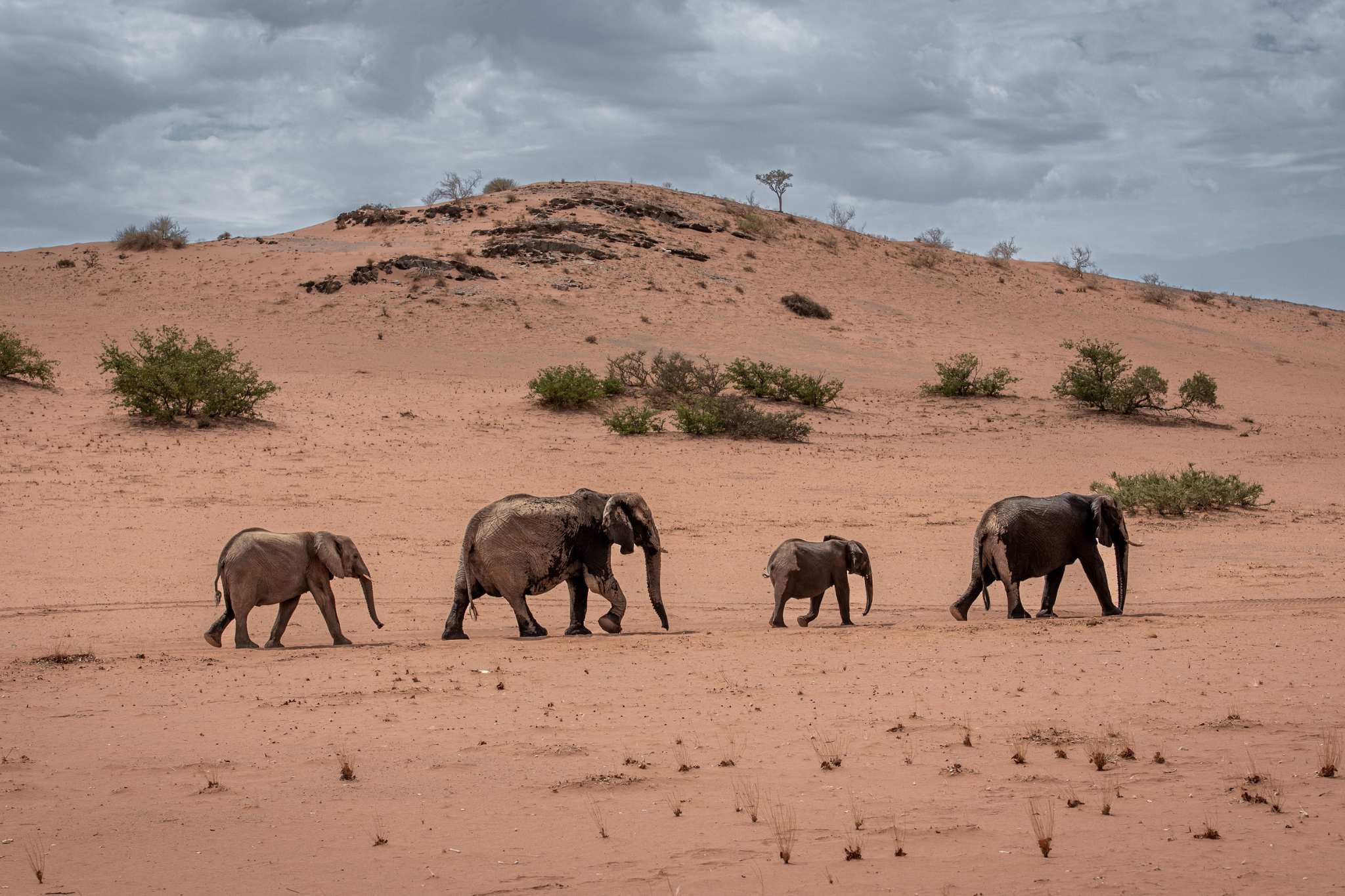
Namibia tourism
Namibia is a destination where vast open spaces invite a thoughtful and unhurried approach to travel. The country’s diverse landscapes from the rolling dunes of the Namib Desert to the wide salt pans of Etosha and the expansive Fish River Canyon offer a variety of settings that feel both timeless and deeply connected to nature. Well maintained roads and carefully chosen lodges make it possible to explore these places comfortably while maintaining a close connection to the environment. Wildlife here may be found in smaller numbers than in some other African countries but that makes each sighting all the more meaningful. Namibia appeals to travellers who appreciate space, quiet moments, and a journey that encourages reflection. It is a place to slow down, absorb your surroundings, and carry the experience with you long after you have left.
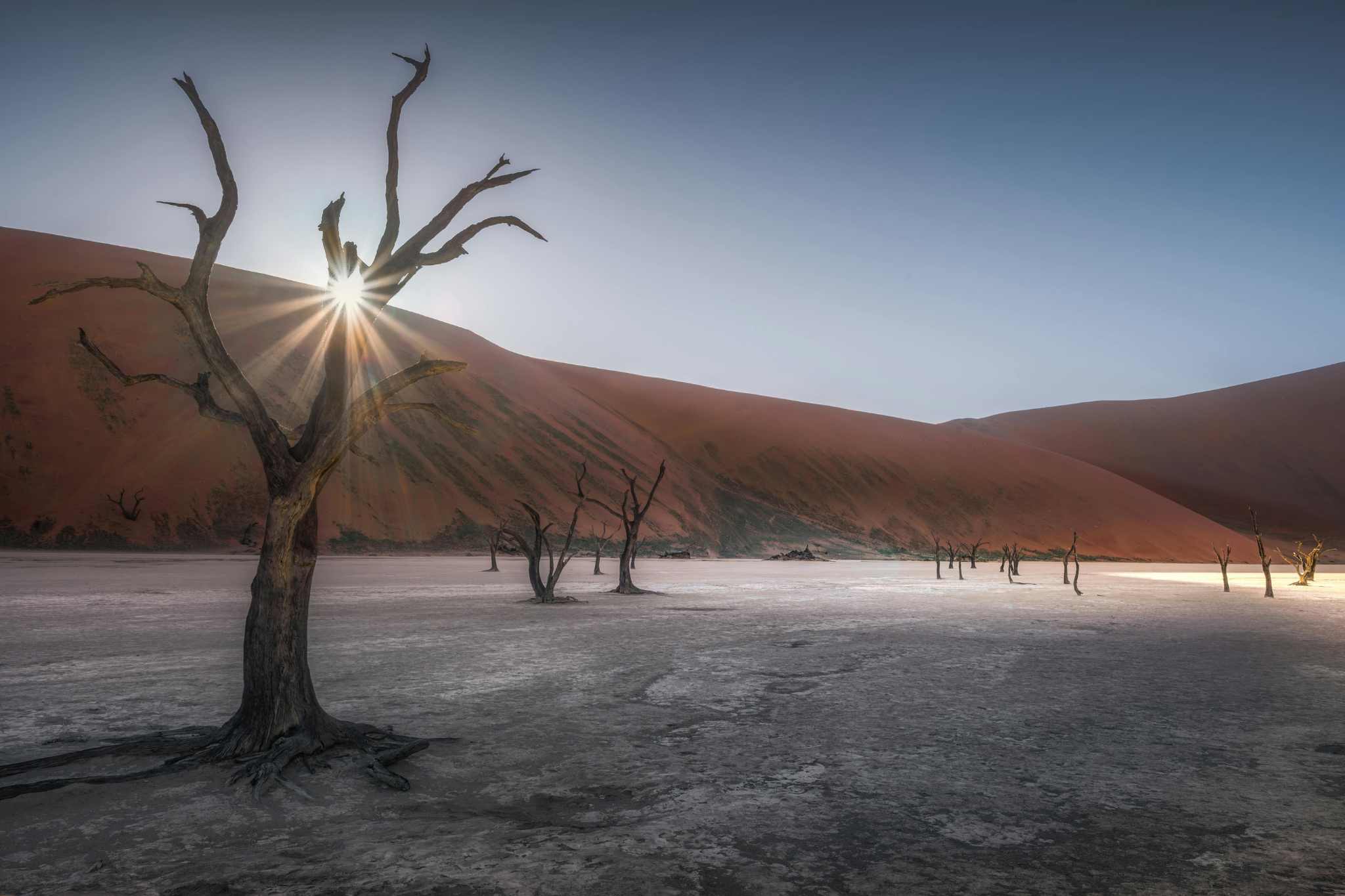
Staying in Namibia
Accommodation in Namibia ranges from stylish lodges to charming guesthouses and well-equipped campsites. Many lodges are thoughtfully designed to blend with the natural surroundings, offering comfortable rooms or tents that open onto sweeping views of the desert, savannah or wilderness. Some properties focus on intimacy and personalised service, creating a relaxed atmosphere where guests can unwind after a day of exploration. For those seeking adventure closer to nature, campsites provide a chance to experience the outdoors firsthand, often with basic facilities but plenty of atmosphere under the stars. Whether you prefer modern comforts or a more rustic stay, Namibia’s accommodation options offer a range of choices that suit different tastes while keeping you connected to the landscape around you.
Getting to Namibia
If you want to include Namibia in your upcoming trip to Africa, Bench Africa can help make it happen. You can fly into Namibia’s Hosea Kutako International Airport in Windhoek, with a stopover usually in Johannesburg, South Africa.
To start planning your Namibia safari, get in touch with one of our expert travel consultants.
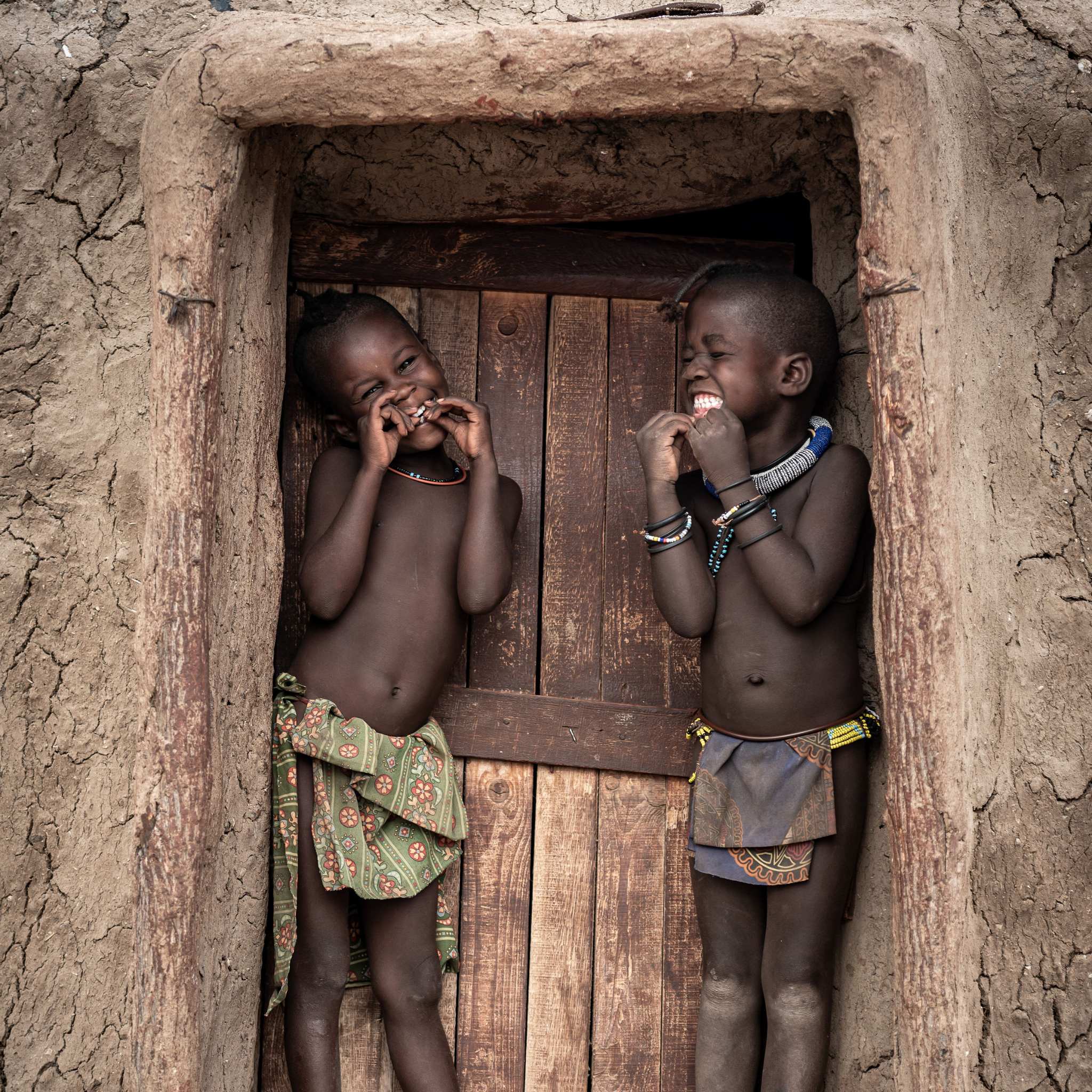
- Full Country Name Republic of Namibia
- Area 4,825,000 sq km
- Population 2.486 million (UN 2015)
- Capital and largest City Windhoek
- Borders Angola, Botswana, South Africa, Zambia and Zimbabwe
- Religion Christian is the main religion of Namibia followed by other indigenous religions
- Time Zone Standard time is two hours in advance of Greenwich Mean Time
- Languages English, Afrikaans and German followed by indigenous languages (Owambo, Herero, Nama, Damara)
- Country Dialling Code +264
Namibia highlights
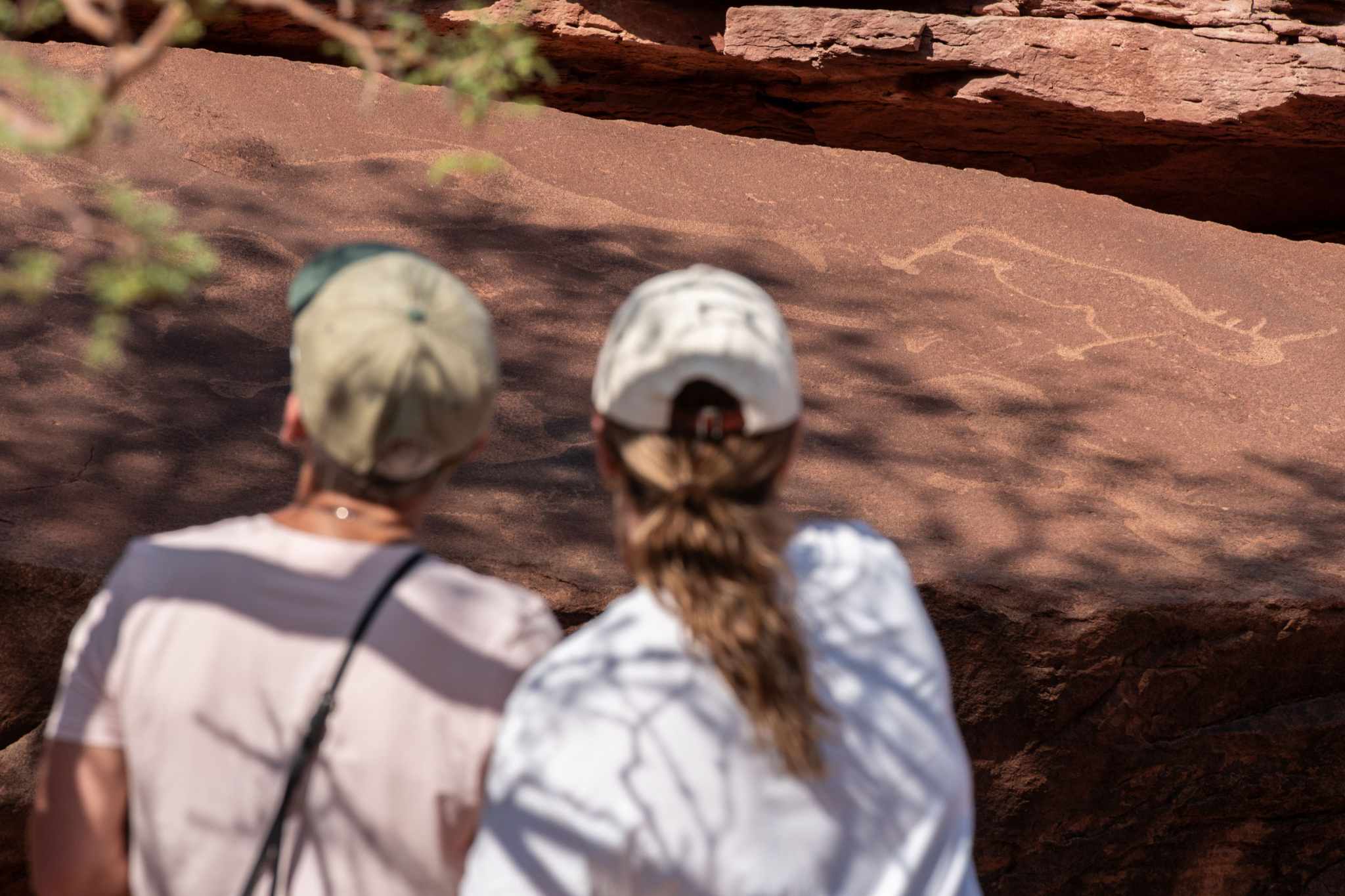
Damaraland
Damaraland is a vast, rugged region of Namibia where dramatic landscapes meet ancient culture. Towering granite inselbergs rise from red desert plains, and dry riverbeds wind through wide valleys. The area is known for desert-adapted elephants and black rhinos that roam its remote expanses. Ancient rock engravings at Twyfelfontein reveal a rich human history, while small Himba communities maintain traditional ways of life. Damaraland feels wild and timeless, far from the usual safari routes.
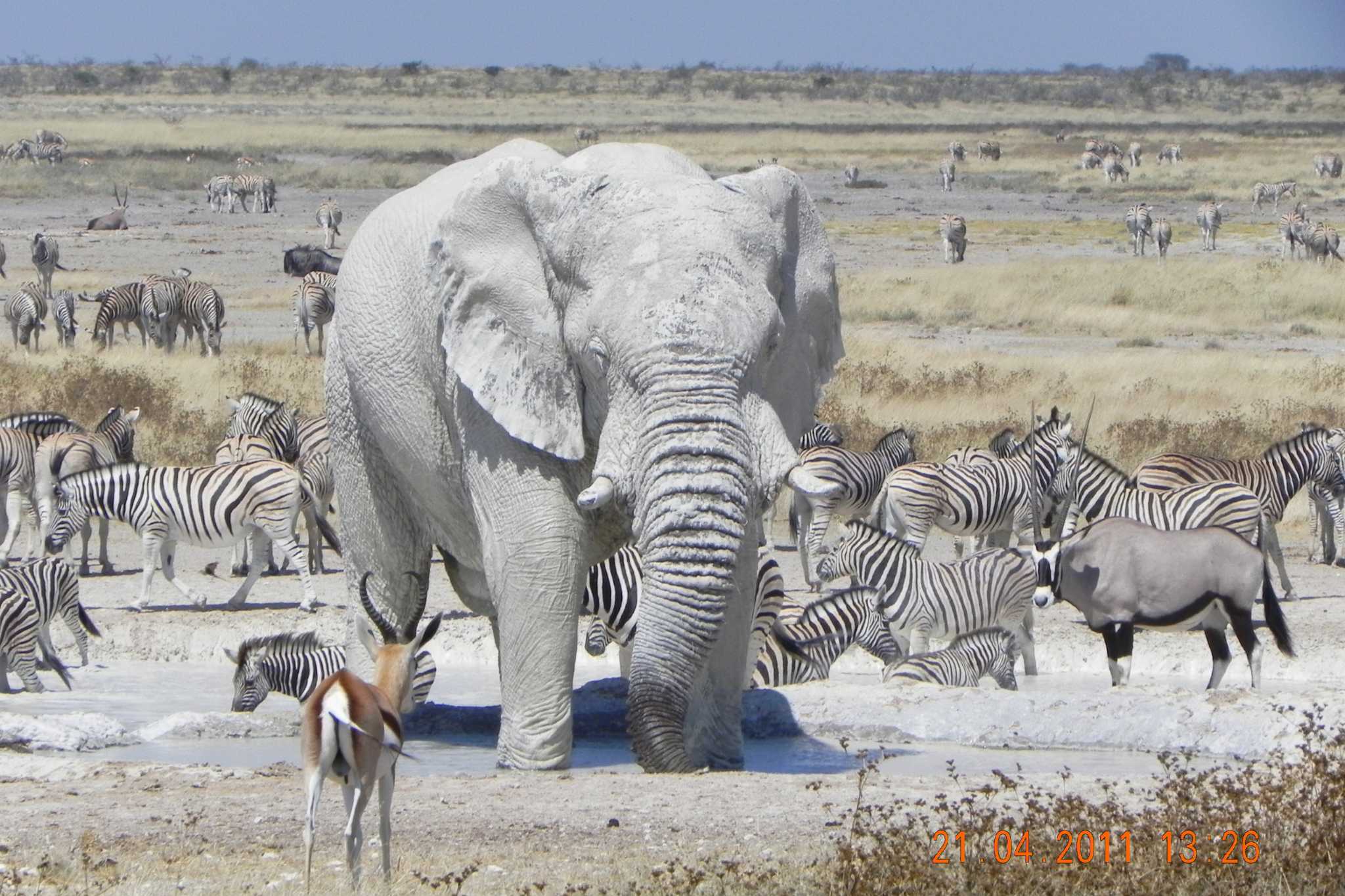
Etosha National Park
Etosha National Park is Namibia’s premier wildlife destination. Its vast salt pan dominates the landscape, surrounded by dry woodlands and grasslands. Waterholes scattered across the park draw a wide variety of animals, including elephants, lions, giraffes, and endangered black rhinos. Etosha’s open plains make wildlife easy to spot, especially during the dry season when animals gather near water. The park combines classic safari experiences with a unique, stark beauty.
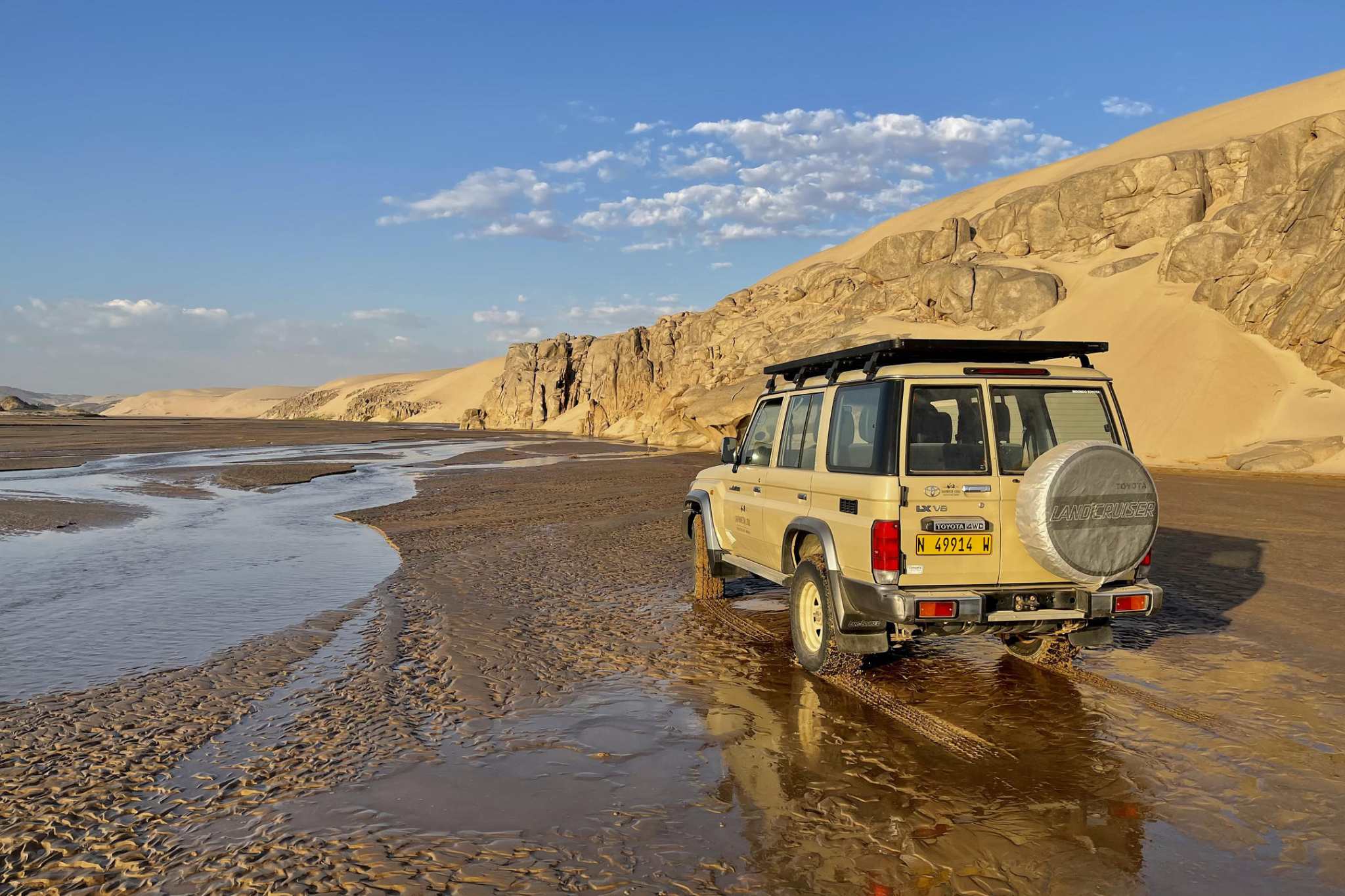
Skeleton Coast
The Skeleton Coast stretches along Namibia’s northern shoreline where the Atlantic Ocean meets rugged desert. Known for haunting shipwrecks and thick fog, the coast has a stark, otherworldly feel. Seals gather at Cape Cross while desert-adapted lions and elephants roam the nearby dunes. This remote region presents dramatic contrasts between sea and sand, life and desolation, offering a raw and untouched experience far from typical tourist routes.
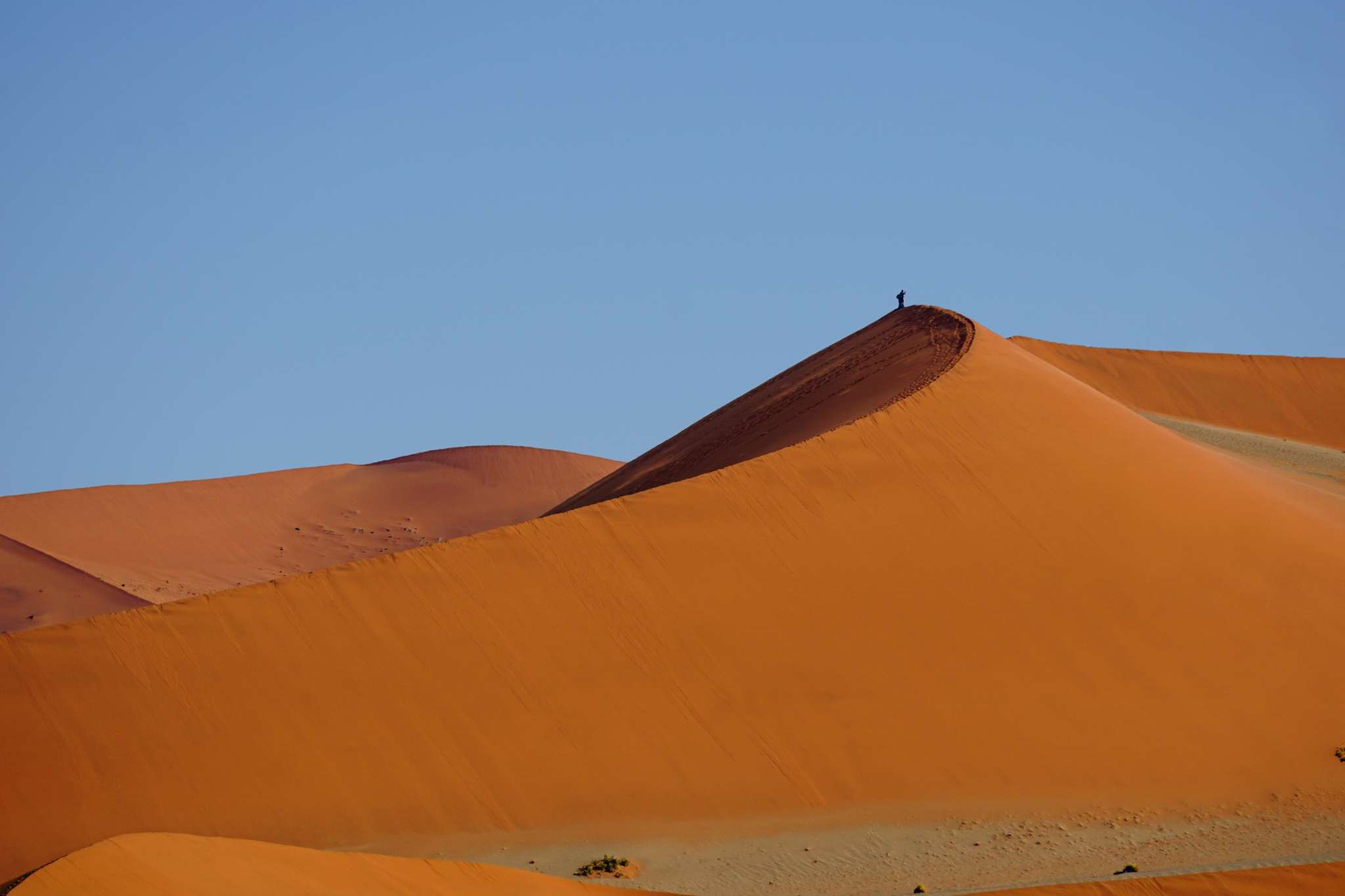
Sossusvlei
Sossusvlei is a striking area within Namibia’s Namib Desert, famous for its towering red sand dunes that rise sharply against the clear blue sky. The landscape is vast and open, with dry clay pans nestled between the dunes. Visitors climb the dunes at sunrise to watch the desert come alive with shifting light and shadows. Despite its arid environment, Sossusvlei is home to unique desert-adapted plants and animals, making it one of Namibia’s most iconic destinations.
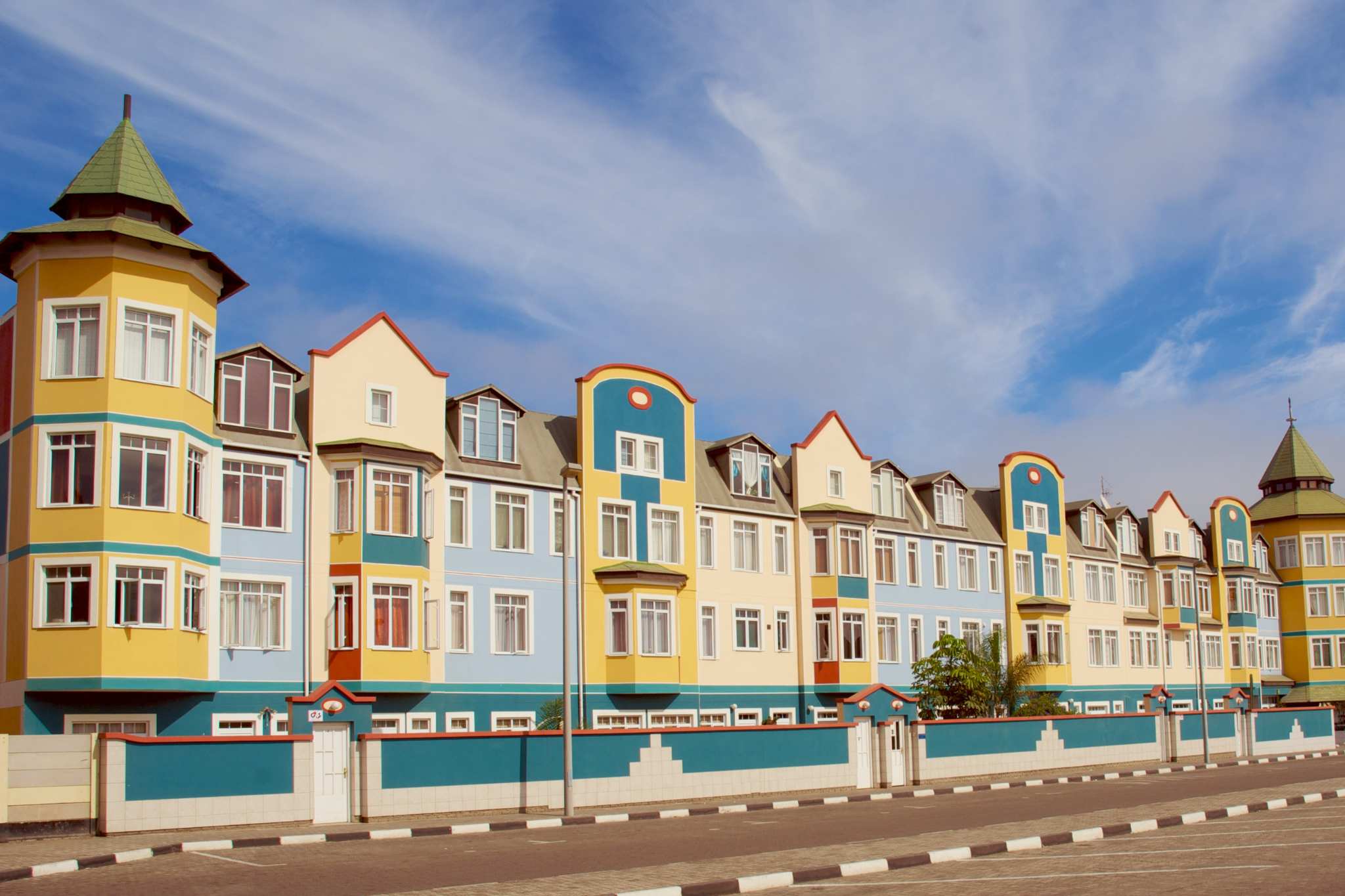
Swakopmund
Swakopmund is a coastal town where desert meets the Atlantic Ocean. Known for its German colonial architecture, it offers a cooler climate compared to the interior. The town is a hub for adventure activities like sandboarding, quad biking, and skydiving. Along the waterfront, cafés and craft shops line the streets, blending laid-back seaside charm with a unique desert edge. Swakopmund feels relaxed but lively, a gateway to Namibia’s coastal wilderness.
Namibia experiences
Essential trip information
-
Accommodation
-
Accommodations in Namibia, including hotels, lodges, and tented camps, vary from good tourist standards to award-winning deluxe properties.
Adventure Camping
We recommend this for the more intrepid travellers who want to get their hands dirty! Guests will put up their own tents and may be required to help around the campsite. The basics are catered for, as well as two-man tents and sleeping mats and campsites preselected along the journey through Namibia. The amenities at these campsites can vary quite drastically depending where you are in Africa and what you pay. For example, in Etosha National Park there is limited running water at campsites, however in other parts of Namibia the campsite may have a swimming pool.
Fully Serviced Camping
For those that want to experience a traditional safari, under canvas but would still like the chance to relax and take time to enjoy their environment we would recommend fully serviced camping. On arrival the mobile camp is set up and ready to go. The tents are spacious and can be really quite luxurious, often with camp beds and en-suite bathrooms, as well as a full staff of chefs, waiters and other helping hands. Here you will have lighting, hot water and cold drinks but you still have that amazing feeling of being at one with nature!
Luxury Tented Camping
Luxury tented camps are a very popular choice on safari because these camps are very intimate, usually with no more than 20 tents on site. These luxury tents offer spacious rooms with electricity, proper beds, as well as en-suite bathrooms with running hot and cold water. The cuisine and service is of a very high standard and you will eat like a king, with 3 decadent meals a day, as well as snacks. All luxury tented camps offer an all-inclusive package to incorporate meals, local drinks and game viewing activities. At night you can still go to sleep, under canvas with the sounds of the African wilderness around you. This is how you do safari in style!
Safari Lodges
Safari Lodges vary considerably in size and architectural design but essentially these are much more permanent structures, often with many more rooms than luxury tented camps. They will often have a swimming pool and conferencing facilities. A lodge will celebrate the nature surrounding it and will usually blend in with its surrounds and built making natural, locally sourced materials.
Hotels
This would commonly be the largest of all the accommodation types but again can vary quite dramatically in style, size and the amenities that it offers. There is typically a reception area, with rooms opening directly onto a hallway. They would be less exclusive that the aforementioned accommodation types, with restaurants and other facilities open to the public.
Boutique Hotels
A boutique hotel is a 5-star establishment providing all the features and facilities of a standard hotel but is always unique and very stylish. These properties are usually smaller and more intimate than a hotel and offer a very high-end service.
Note
On occasions it may be necessary to change a hotel, lodge or camp due to various reasons, which would be out of the control of Bench Africa. In this situation we will make every effort to give you as much advance warning as possible. In the event of this happening we may not be able to send out up-to-date information on this substitute property
-
Clothing
-
General Information
In Namibia, formal attire is typically unnecessary; therefore, we recommend limiting your luggage to the basics.
On safari, casual cotton clothing is the most practical. Opting for calm, neutral colours like tan or khaki is advisable, although a specific bush outfit is not essential. It is recommended to wear some form of sun-protective headgear, and sunglasses are essential.
To cope with colder evenings and early mornings, it’s advisable to bring a warm fleece or jacket. Additionally, a lightweight raincoat may prove useful, considering the possibility of seasonal rains. While heavy footwear is unnecessary, it’s advisable to wear sturdy, comfortable walking shoes or boots for nature walks. It’s also recommended to bring a change of shoes, like trainers, for the camp setting.
The dress code is informal at all camps but bring long-sleeved shirts and trousers for the evenings to minimise exposure to insect bites.
Many hotels, game lodges, and camps provide laundry facilities, often as a complimentary service, especially when luggage space is limited. However, if you have a busy itinerary, it is advisable to check in advance that your clothes will be ready before your departure.
Checklist
Essentials:
- Soft-sided bag for easy storage in safari vehicles and light aircraft
- Hat for sun protection
- Reusable water bottle
- Good quality, preferably polarized sunglasses
- Binoculars
- Torch
- Camera, charger, and adaptor
- Travel adaptor for charging devices
- Spare glasses (if you wear contact lenses)
- Comfortable walking shoes, trainers, and sandals
- Shorts/skirts
- Long trousers/slacks
- T-shirts/long-sleeved cotton shirts for cooler evenings
- Sweater/fleece/raincoat for early morning and late afternoon activities
- Warm jacket, beanie, gloves, and scarf for winter months
- Swimming costume
Health and Safety:
- Basic medical kit (aspirins, Elastoplast, Imodium, antiseptic cream, etc.)
- Malaria tablets and antihistamine cream
- Insect repellent containing DEET (though many lodges provide sprays)
- Protective suntan lotion, especially for pale and sensitive skin
- Tissues or ‘wet wipes’
- Lip balm
-
Communication
-
Namibia has a reliable telephone and mobile network in towns and tourist areas, though coverage can be limited in remote regions and national parks. Most hotels, lodges, and camps provide direct-dial telephones, Wi-Fi, and email access, but connection speeds may vary, particularly in more isolated locations.
If your mobile phone has international roaming enabled, you can connect to local networks, but charges may be high. Purchasing a local SIM card on arrival is a convenient and often more cost-effective option, and eSIMs are increasingly supported by mobile operators in Namibia. While cellular coverage is generally good in larger towns, reception can be patchy in desert areas and remote safari locations, so it is advisable to plan accordingly.
-
Country Overview
-
Namibia, a land of captivating contrasts and untamed beauty, awaits adventurous souls eager to explore its breath-taking landscapes and rich cultural heritage. Known for its dramatic vistas and vast expanses, Namibia offers a journey through some of Africa’s most iconic and dramatic natural wonders.
At the heart of Namibia lies the mesmerising Namib Desert, where towering sand dunes sculpted by the wind create a landscape of otherworldly beauty. Sossusvlei, with its towering orange dunes and stark white salt pans, is a photographer’s dream and a testament to the raw power of nature. Venture further into the wilderness, and you’ll encounter Etosha National Park, a sanctuary for an array of wildlife. The shimmering salt pan at the park’s centre provides a striking backdrop. Encounter the indigenous communities along the way; the Himba and San people, whose rich traditions and way of life are deeply intertwined with the land. Engage in cultural exchanges, learn ancient survival skills, and gain insights into traditional beliefs and
customs.Namibia’s coastline is a study in contrasts, with the windswept Skeleton Coast offering a hauntingly beautiful landscape of shipwrecks and desolate beaches, while the quaint coastal town of Swakopmund provides a charming retreat with its colonial-era architecture and adrenaline-pumping activities.
You are in for a treat! Immerse yourself in a land of wonder and adventure, in Namibia.
-
Electricity
-
Voltage & Frequency
The standard voltage in Namibia is 220 volts, with a frequency of 50 Hz.
Top Tips
In remote areas of Namibia where electricity infrastructure is limited, lodges often rely on generator power during the day to provide lighting and refrigeration.
Socket Types in Namibia
Type D (Old British 3-pin)
Type M -
Families
-
Considerations when Travelling with Children
Distances can be vast in Namibia, which is a consideration when travelling with younger children. You may have to book separate game drives for children under a certain age however self-drive holidays could be a great way to get around this problem. This also means that you can travel at your leisure and stop when you need to.
Why Choose Namibia for your Family Holiday?
Namibia is a relatively safe country to travel, which makes it ideal for families. It has good medical amenities and due to the dry weather there are less maladies to be concerned about.
Accommodation
Although there are many camps and lodges that are not set up for children, there are some that are more child-friendly. Please refer to the Smart Traveller website for more information.
-
Food & Drink
-
General guidelines
Most lodges and safari camps have restaurants and licensed bars, and the food offered ranges from good basic meals to gourmet style. The standard of food in lodges and camps is generally very good.
Bottled water is available in all tourist centres. It is advisable to drink at least 2-3 litres of water per day whilst on safari as dehydration can occur quickly, especially in the summer months. It is best to assume that water is NOT safe to drink unless it has been boiled. It is always wise to double check locally if in any doubt.
Wine tends to be imported and may be expensive; however, local beer and local spirits are reasonably priced and easily available as are soft drinks (Pepsi, Coca Cola etc) and bottled water.
-
Health
-
Health requirements vary from country to country. We recommend you speak to your GP or local Travel Doctor for up-to-date information and advice. The following information is to be used as a guide only.
Malaria: For travel to various regions in Africa, taking precautions against malaria is advisable. Consult with your doctor to determine the recommended prophylactic for your trip.
-
Insurance
-
Our Tips for Choosing Insurance
Insurance is a mandatory requirement for your travels, and we strongly advise you to secure Comprehensive Travel Insurance at the time of booking your trip.
Make sure you have a thorough understanding of the Terms and Conditions outlined in your policy and that you are well informed about your insurance coverage to ensure that you are adequately prepared for any unforeseen circumstances during your travels.
-
Internal Flights
-
Guidelines
It is advised to request the local operator of the hotel/lodge to reconfirm all onward flights before departure to ensure the accuracy of the flight timings. While most departure taxes (both domestic and international) are typically included in the tickets, certain regional and private airports may require local payment for taxes.
General Luggage & Weight Restrictions on Light Aircraft
Most charter companies strictly adhere to luggage allowances, which can vary from 15kgs to 20kgs per passenger, including camera equipment and hand luggage. It is imperative to check your itinerary for the accurate luggage weight allowance specified for your trip.
Soft bags are the only acceptable form of luggage, as hard suitcases cannot be accommodated due to their physical inability to fit into safari vehicles and small aircraft storage compartments. Pilots must have the flexibility to manipulate soft bags into these compartments.
On certain light aircraft, passengers may also be subject to personal weight restrictions for safety reasons. It is advisable to check with us upon booking to ensure compliance with these guidelines and to address any specific concerns.
-
Local Laws
-
In a positive effort to reduce the impact on the environment, the Namibian Government has announced a complete ban on plastic bags in all its game parks and reserves. Plastic bags will be confiscated upon entry into any Namibian National Park or Reserve.
-
Money Matters
-
Currency
The official currency of Namibia is the Namibian Dollar (N$), which is divided into 100 cents.
You Should Know
The Namibian Dollar is fixed to the South African Rand, meaning 1 Namibian Dollar equals 1 South African Rand. This means that both the Namibian Dollar and the South African Rand are accepted as legal tender, and they can be used interchangeably for purchasing goods and services, although the Namibian Dollar is not accepted outside of Namibia.
Credit cards are not accepted everywhere, so it is not advisable to rely solely on credit cards as a primary source of funds, particularly in places where card usage may be limited, such as remote lodges. It is recommended to inform your bank before using your credit card overseas, and using a PIN number is considered more secure than a signature. In Africa, Visa is the most widely accepted credit card, with larger establishments also accepting American Express and MasterCard. Diners Club is not generally accepted in most establishments.
-
Photography
-
Photographing of airports, Government buildings, etc is prohibited. Some local people strongly object to photographs being taken without permission, but will sometimes agree upon payment of a small tip. Please check with your guide.
Film and memory cards are generally available, but stocks can be limited and could be expensive, so we suggest you carry with you adequate supplies. Telephoto lenses for game viewing, lens hood and ultra violet filters will be useful – bring your dust cover. Batteries can be recharged at most lodges and hotels, but it is advisable to bring spares.
See our 7 Handy Tips for Taking Mesmerising Photographs for tips on nature and wildlife photography.
-
Recommended Reading
-
- This is Namibia by Peter Joyce & Gerald Cubitt
- The Living Deserts of Southern Africa by Barry Lovegrove
- Etosha: A Visual Souvenir by Daryl Balfour
- Namibia: The Beautiful Land by David Bristow
- Histories of Namibia by Colin Leys and Susan Brown
-
Responsible Giving
-
As you prepare for your journey to Africa, consider making a positive impact on local communities by allocating a small space in your luggage for essential items that can significantly improve the lives of those in need.
Explore the Pack for a Purpose initiative, connecting travellers with specific requirements identified by local projects. The website provides a platform where you can find a list of requested items and guidelines for responsible giving.
Additionally, many camps actively engage in community projects, often sharing details on their websites. Take a moment to visit the websites of the camps you’ll be staying at. Check if they have specific needs for supplies that you can bring and donate upon your arrival. A small act of generosity can make a significant difference.
-
Road Travel
-
Road Conditions
Please note that road surfaces vary from tarmac, gravel, sand and occasionally vehicles may travel “off road”. Additionally, if visiting remote areas or National Parks and Reserves, the roads may well be rough, bumpy and in a poor condition and may be affected by adverse weather conditions.
Despite this, the breath-taking views, spectacular scenery and potential to witness village life during these journeys often make the trip highly worthwhile.
Self-Driving
Namibia is generally considered a safe destination for self-drive itineraries. However, travellers should be prepared for long distances between destinations, typically ranging from 5 to 6 hours.
To ensure safety and connectivity, it is recommended that all self-drive clients book a satellite phone. Additionally, it’s important to note that there is a local fee required upon entry into National Parks. Upon arrival, self-drive clients will be greeted by a local representative on their first night in Namibia. This provides an opportunity to discuss the journey’s progress and address any queries.
Please be aware that when renting a vehicle, an Australian or International Driver’s License is mandatory. Moreover, it’s worth noting that petrol stations in Namibia operate on a cash-only basis and do not accept credit cards.
-
Safety and Security
-
General Safety
- Doors should be locked when driving after dark.
- Don’t walk alone at night in city streets, isolated beaches or remote areas.
- Travellers should not display unnecessary signs of wealth (e.g. mobile phones, money, and expensive jewellery) on the streets.
- Leave all your valuables including passports locked in the room safe where available.
Safety on Safari
When staying at safari camps and lodges, they will often give you a safety briefing and there are several key points to keep in mind regarding wildlife respect and safety:
- Wild animals in Africa are not like those found in theme parks; they are not tame.
- Camps are often unfenced, allowing wild animals to roam freely. While attacks are extremely rare, it is crucial to strictly follow camp guidelines to ensure your safety.
- Pay close attention to the camp staff and guides.
- Avoid wandering off on your own without a guide, even within the camp. Once you retire to your room at night, it is important that you do not leave.
- Observe animals silently, minimising disturbance to their natural activities. Loud talking on game drives can frighten the animals away.
- Never attempt to attract an animal’s attention. Avoid imitating animal sounds, clapping your hands, pounding the vehicle, or throwing objects.
- Respect your driver/guide’s judgement regarding proximity to lions, cheetahs, and leopards. Avoid insisting on getting the vehicle closer for a better photograph, as it can disrupt a hunt or cause animals to abandon a hard-earned meal.
- Dispose of litter properly, as litter on the ground can harm or poison animals and birds.
- Never attempt to feed or approach any wild animal on foot, particularly near lodges or in campsites where animals may have become accustomed to human visitors.
- Refrain from smoking on game drives, as the dry African bush is highly flammable, and a flash fire can pose a threat to animals and their habitat.
-
Shopping
-
Namibia is full of colour and creativity, with a wide range of traditional crafts and souvenirs to discover. Seek out hand-carved wood or stone sculptures, intricate jewellery, vibrant textiles, woven baskets, leather goods, and beautiful pottery. At markets and roadside stalls, bargaining is part of the fun, and vendors may start with high “tourist prices,” so enjoy the art of negotiation to reach a fair deal.
Namibian Dollars are widely accepted, and US Dollars are also commonly used in tourist areas. Credit cards work in larger shops, lodges, and hotels, but in smaller towns and craft markets, cash is king.
Bench Africa encourages travellers to support ethical and sustainable practices. Avoid items linked to illegal wildlife trade, including ivory, rhino horn, and animal hides. Choosing responsibly helps preserve Namibia’s extraordinary wildlife and supports local communities.
-
Tipping
-
Tipping Guidelines
Tipping is customary in Namibia, though not as widespread as in the United States or Europe. It is discretionary, a way of expressing gratitude for exceptional service.
To assist with budgeting, the following guidelines are provided in South African Rand:
Driver (per person per full day): ZAR 50.00
Guide (per person per full day): ZAR 100.00
Camp Staff (per person per day): ZAR 50.00
Hotel porters (per bag): ZAR 15.00
Restaurant (per person per meal): ZAR 15.00
A la carte dining (percentage of bill): 10% -
Useful Numbers
-
Australia has a consulate in Namibia. It provides limited consular and passport services. You can also get full consular, and passport assistance from the Australian High Commission in South Africa.
Australian Consulate, Windhoek
56 Chalcedoon Street, PO Box 86491, Eros, Windhoek, Namibia
Tel: +264 61 300 194
Mobile: +264 81 283 4629Australian High Commission (South Africa)
292 Orient Street, Pretoria, Republic of South Africa
Tel: +27 0 12 423 6000 -
Visa Information
-
Do I need a Visa to Travel to Namibia?
We do not provide advice on specific visas as regulations are subject to change and can vary from person to person. Please refer to Smart Traveller for the most up-to-date information. We advise checking visa requirements at the time of booking and again before travelling to keep abreast of any changes that may have occurred.
Visa requirements vary between countries, and it is essential that you acquire the appropriate visa for your journey and ascertain whether it can be applied for in advance or on arrival, in which case you will need the exact physical money. Often, your passport must be valid for at least six months beyond your intended stay, with a minimum of two blank pages (a double page). You will be required to have onward travel documents and sufficient funds. It is advisable to carry photocopies of all important documents.
It is your personal responsibility to confirm that your passport is valid, contains the necessary visa, and that you have all required travel documents.
You Should Know
- Visitors must also be in possession of onward travel documents and have sufficient funds for the duration of their stay.
- It is important to have two blank pages side by side in your passport for the entry and exit stamps to be issued. If there is insufficient space, entry into the country may be denied.
Please double check entry requirements on the Smart Traveller website as this may change at any time.
-
When to Travel
-
Climate
Namibia boasts a consistently pleasant climate throughout the year, characterised by warm days and cool nights. During the winter months, spanning from May to September, night-time temperatures can plummet below freezing, particularly through inland areas. Along the coast, rainfall is scarce, but dense fog often blankets the coastal regions in the early mornings. The primary rainy season unfolds between October and April, bringing occasional downpours and replenishing the arid landscape with life-giving water.
Peak Season: July - October
Peak season in Namibia is over the winter months. This period tends to offer cool and dry conditions.
Benefits to visiting Namibia in the peak season:
- This is when temperature is most pleasant.
- There is less vegetation and wildlife congregate at water sources making it easier to spot them.
Downsides of visiting Namibia in the peak season:
- Prices are at their highest at this time of year.
Rainy Season: January - May
The rainy season can be disruptive in desert areas in Namibia, with flooding being an issue in some parts, even with minimal rainfall. This is a more prominent issue in the north and west of the country.
Benefits to visiting Namibia in the rainy season:
- Excellent value for money.
- There is little rain and the rains usually only last a couple of hours so the rain itself it doesn’t impact the whole day .
- You can enjoy a more exclusive safari, as there are fewer people.
Downsides of visiting Namibia in the rainy season:
- Animals are more difficult to spot, as there is more water around so they don’t need to congregate at permanent water sources.
- It is extremely hot, especially in the Namib Desert.
- A 4X4 vehicle is advised at this time of the year as the rains affect roads. This can make your trip more expensive, and it can sometimes disrupt the journey.
Bench Africa on Instagram
